Flotation Tests with Homemade Flotation Equipment DIY
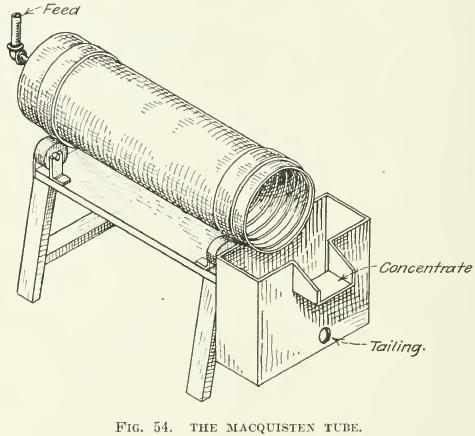
By modelling the basic flotation equipment from the early 1900’s you see that most can hobby prospectors can build or assemble basic froth flotation equipment using all the machines and concepts explained below and perform home-based flotation tests. Although the subject of testing for flotation has been well presented in T. J. Hoover’s book on […]
Flotation Residue Disposal

There are many methods of handling sand and slime from metallurgical operations, but in this article the draining and conveying of waste products from flotation processes will be specially dealt with, the methods given being those in use at the leading flotation plants in Australia. DRAINING AND DEWATERING It is generally advisable to thoroughly dewater […]
Flotation Bubble Surface Compression
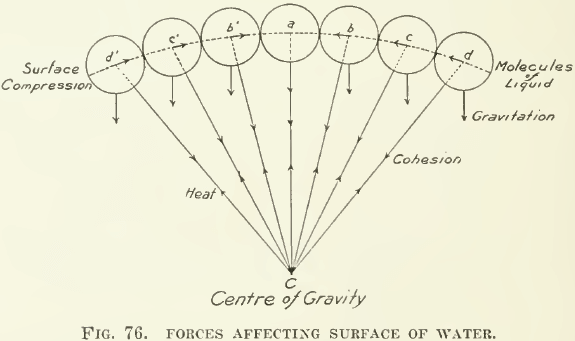
At the meeting of the local membership of the American Institute of Mining Engineers on December 14 last the question was asked by one of the speakers: “Why does the greased needle float on the surface of a tumbler of water and the wetted needle sink?” Did one or another of the experts present rise […]
Flotation of Arizona Copper Ore
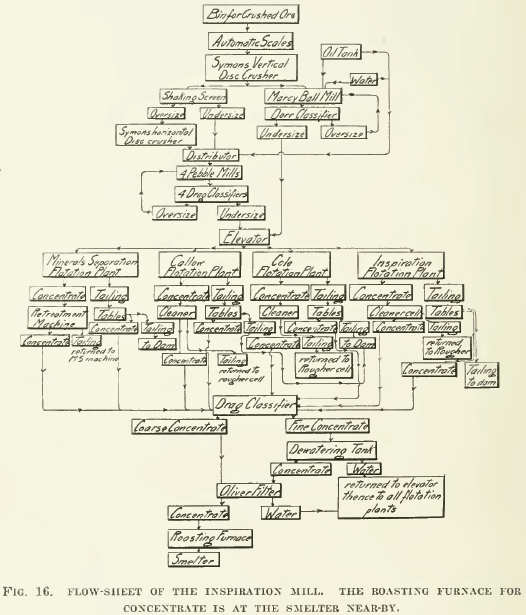
For some time past the company has been experimenting with a view to finding the best method of concentrating the sulphide ore before smelting. The first test-mill consisted of two sets of rolls, one Chilean mill, one Hardinge conical mill 6 ft. diam. by 12 in. cylinder, Richards hindered-settling classifier, Deister tables, some kind of […]
Effects of Soluble Metals Flotation
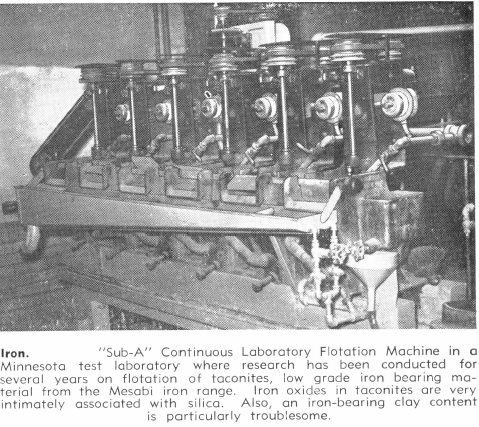
In concentration by flotation, the soluble components of an ore may play an important role. Occasionally ores that are shown by preliminary test to be unsuitable for flotation may be treated by the process after the soluble ingredients have been removed by decantation. On the other hand, excellent results may be obtained on certain ores […]
Preferential Flotation
‘Preferential’ flotation is a specialized application of the flotative principle in the separation of minerals from their ores. It gained its first wide use as a name for certain methods of floating minerals in connection with the Horwood process mentioned below. ‘Selective’ flotation has come to mean (by common consent) the flotation of valuable minerals […]
Froth Science

The little book on ‘Surface Tension and Surface Energy’ by Willows & Hatschek shows how the elastic film analogy in the study of froth will get one into no end of trouble if not handled with care. It is the characteristic of analogies to break down when pressed too far, though they are useful up […]
How Froth Flotation was Discovered and Developed
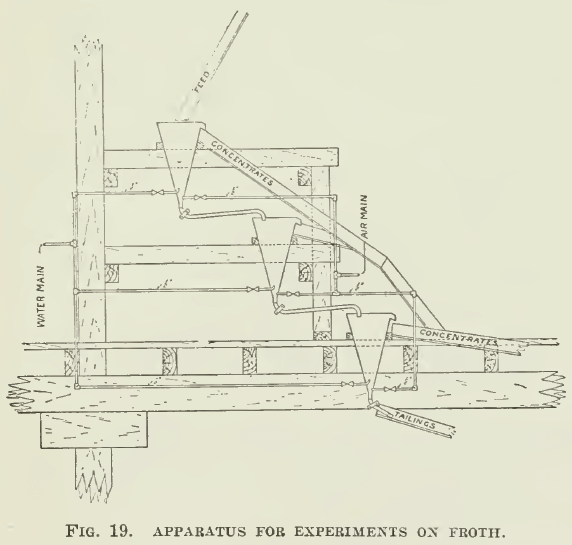
While concentrating the galena in the lead ore produced from the Central mine, a valuable by-product was obtained in the form of slime assaying 18% lead, 20% zinc, and 16 oz. silver per ton. This came from an ore in which quartz and rhodonite were the chief gangue-minerals. In the course of ordinary operations, it […]
Flotation Principles

Flotation, in its latest phase, is a process of concentrating ores by frothing. When crushed ore, previously mixed with water and a relatively minute addition of oil, is agitated violently in the presence of air, a froth is formed. This froth, rising to the surface of the liquid mixture, is laden with sulphides or other […]
Flotation using Acid

The mineral that is two millimetres and under in size is sent to the Hardinge mills for re-grinding. These mills are 10 ft. diam. by 4 ft. long, and are in closed circuit with simplex Dorr classifiers, one classifier to each mill, 6 mills to the section, and 8 sections in the establishment. The overflow […]
